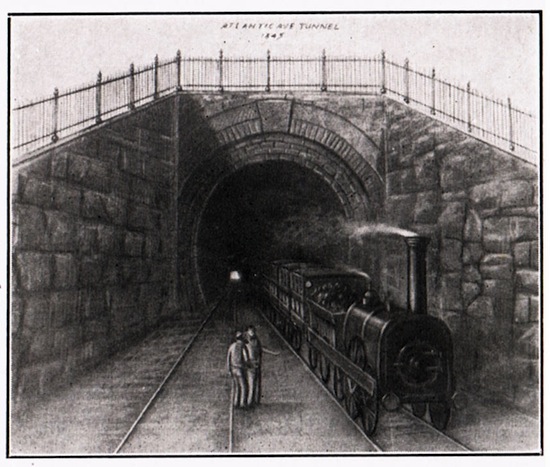Diamond wants to renew search for 1830s steam engine under Atlantic Avenue

The last time we checked in on the long-running story of railroad buff Bob Diamond vs. the city Department of Transportation, Diamond was collaborating with National Geographic TV on a documentary about the Long Island Rail Road’s former Atlantic Avenue tunnel, which he had discovered in the 1980s.
At the same time, he had hired experts to take tests, using a device called a magnetometer, to see whether there was any large metallic object under the avenue. Diamond has long maintained that in 1864, when the LIRR was filling in the tunnel, it left an obsolete, 1830s-era locomotive behind a walled-in section.
The documentary was never completed. In December 2010, the Fire Department and the DOT revoked the city’s previous approval that gave Diamond permission to use the tunnel. Until then, Diamond’s tours of the abandoned tunnel were a popular Heights and Cobble Hill attraction.